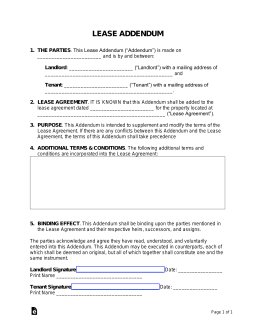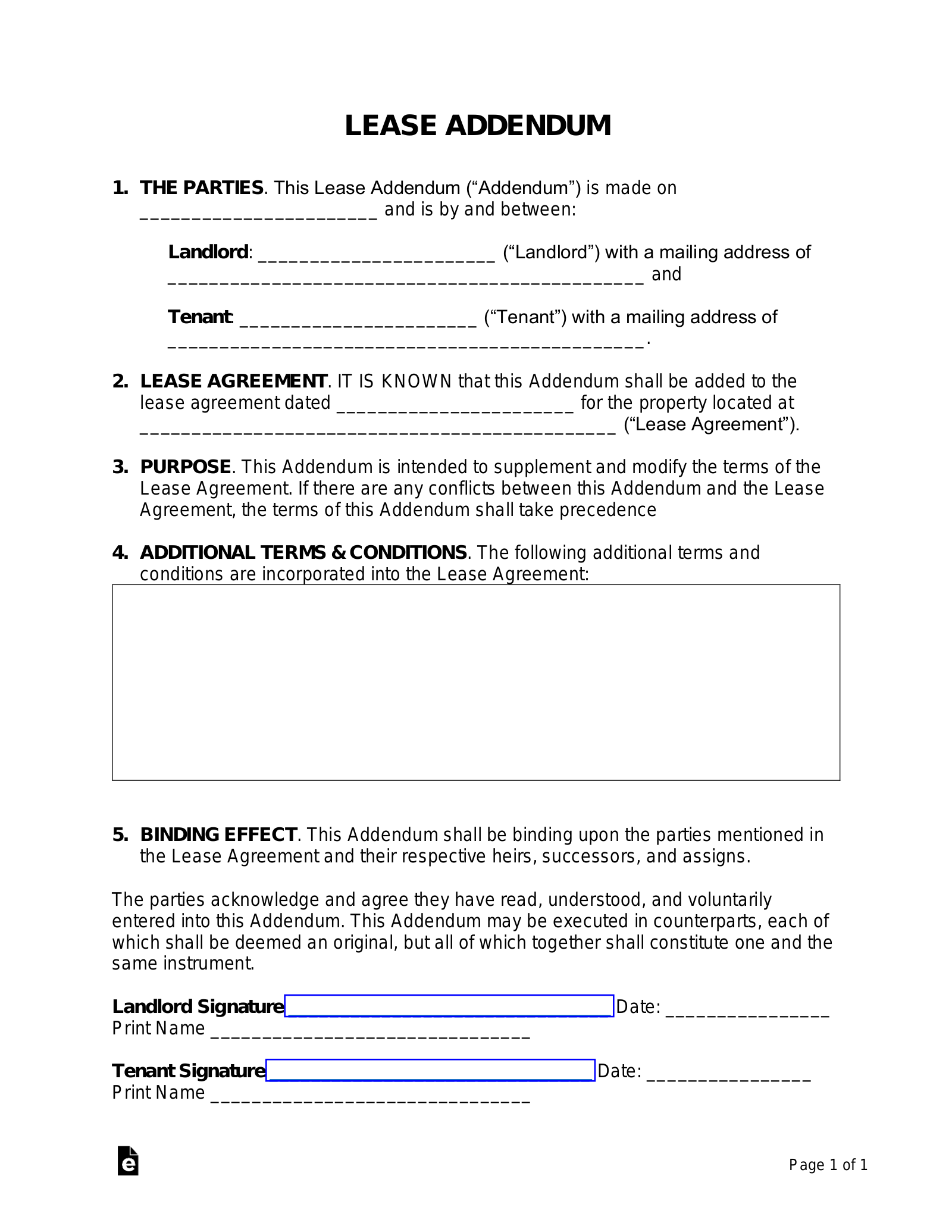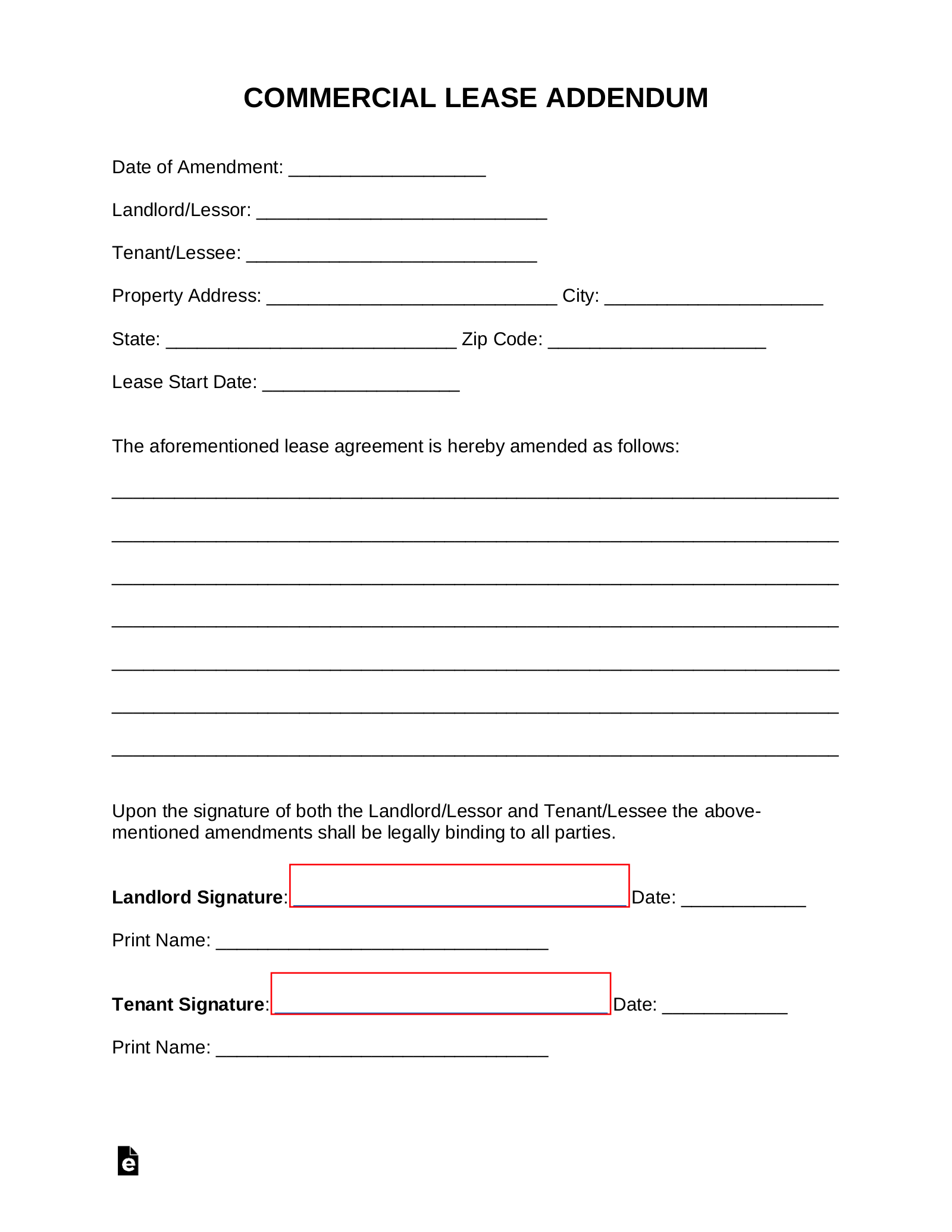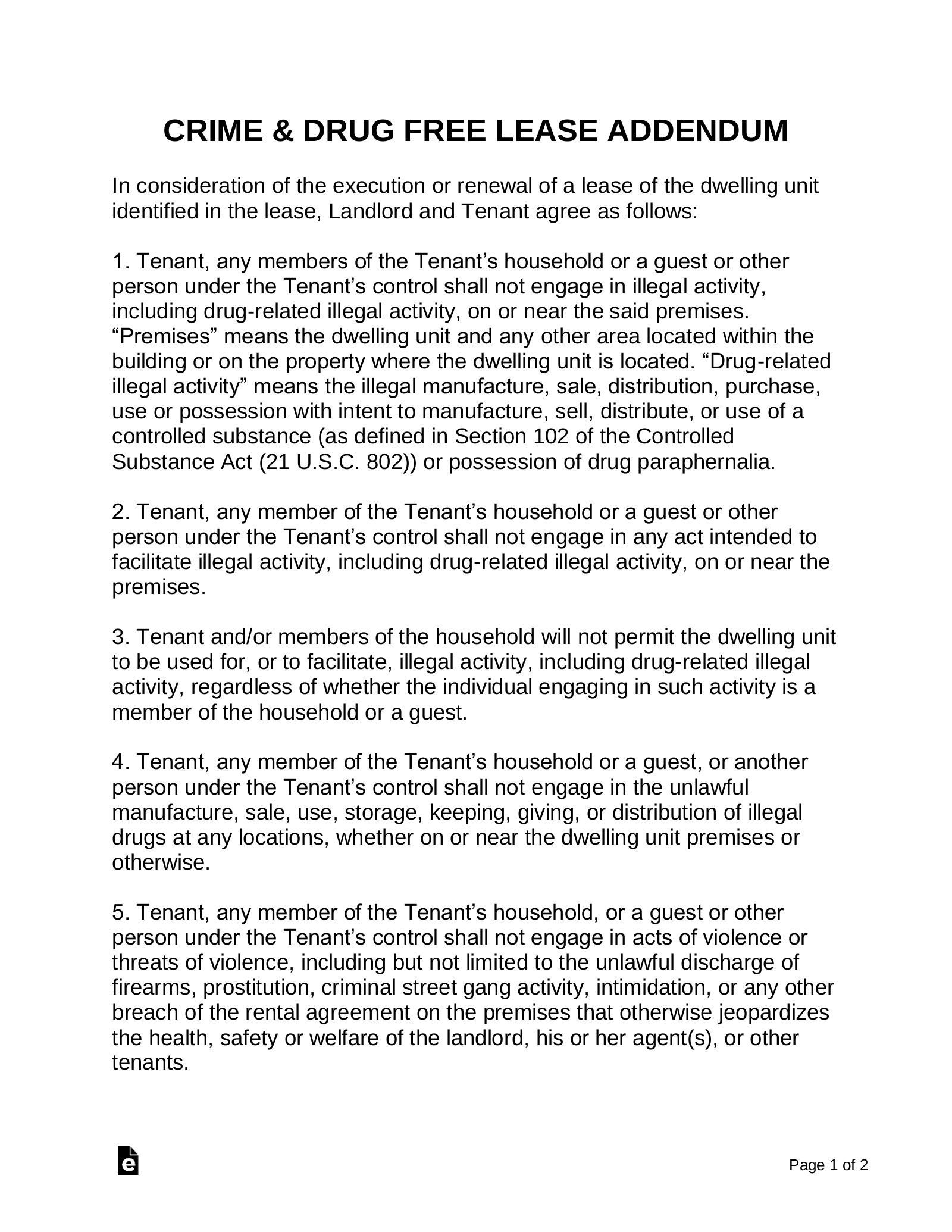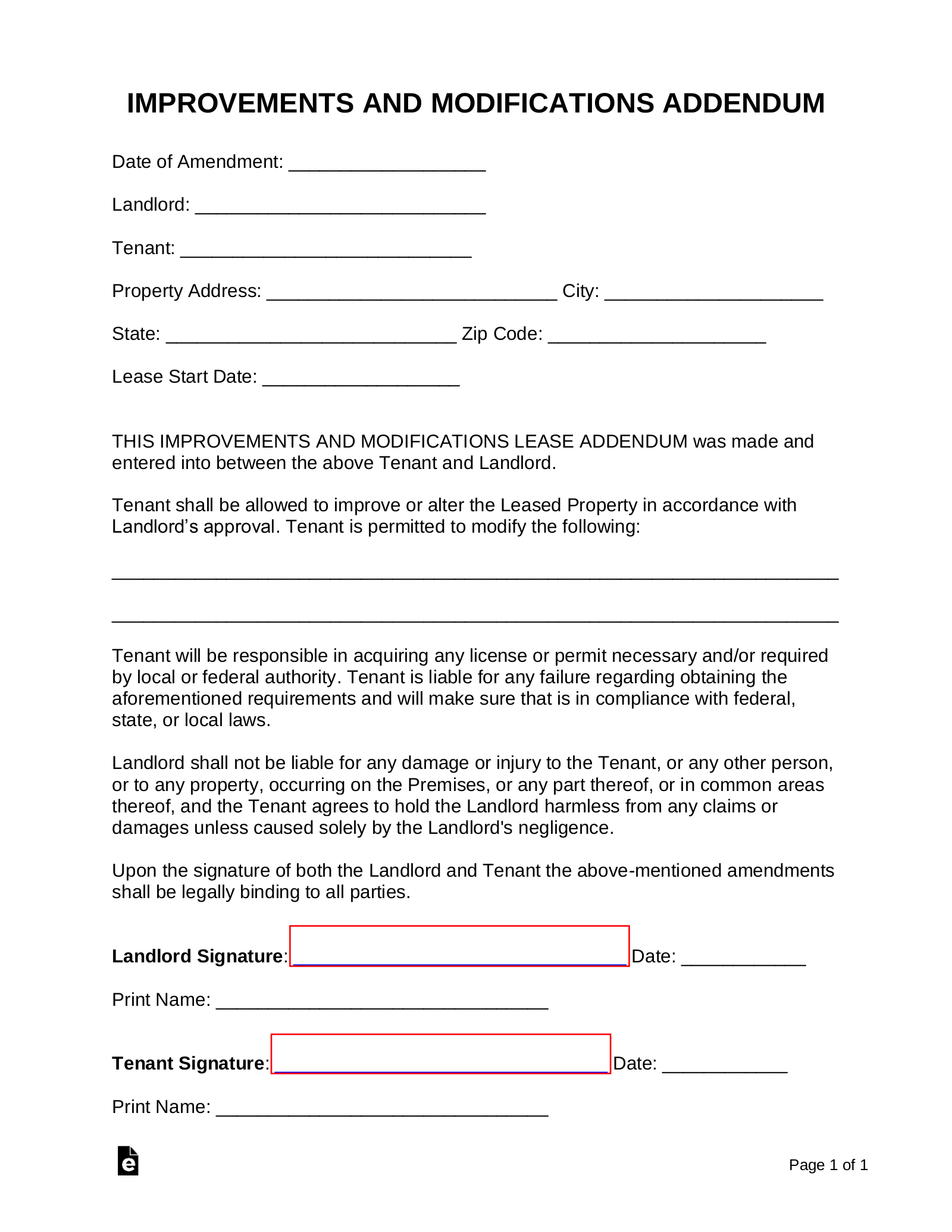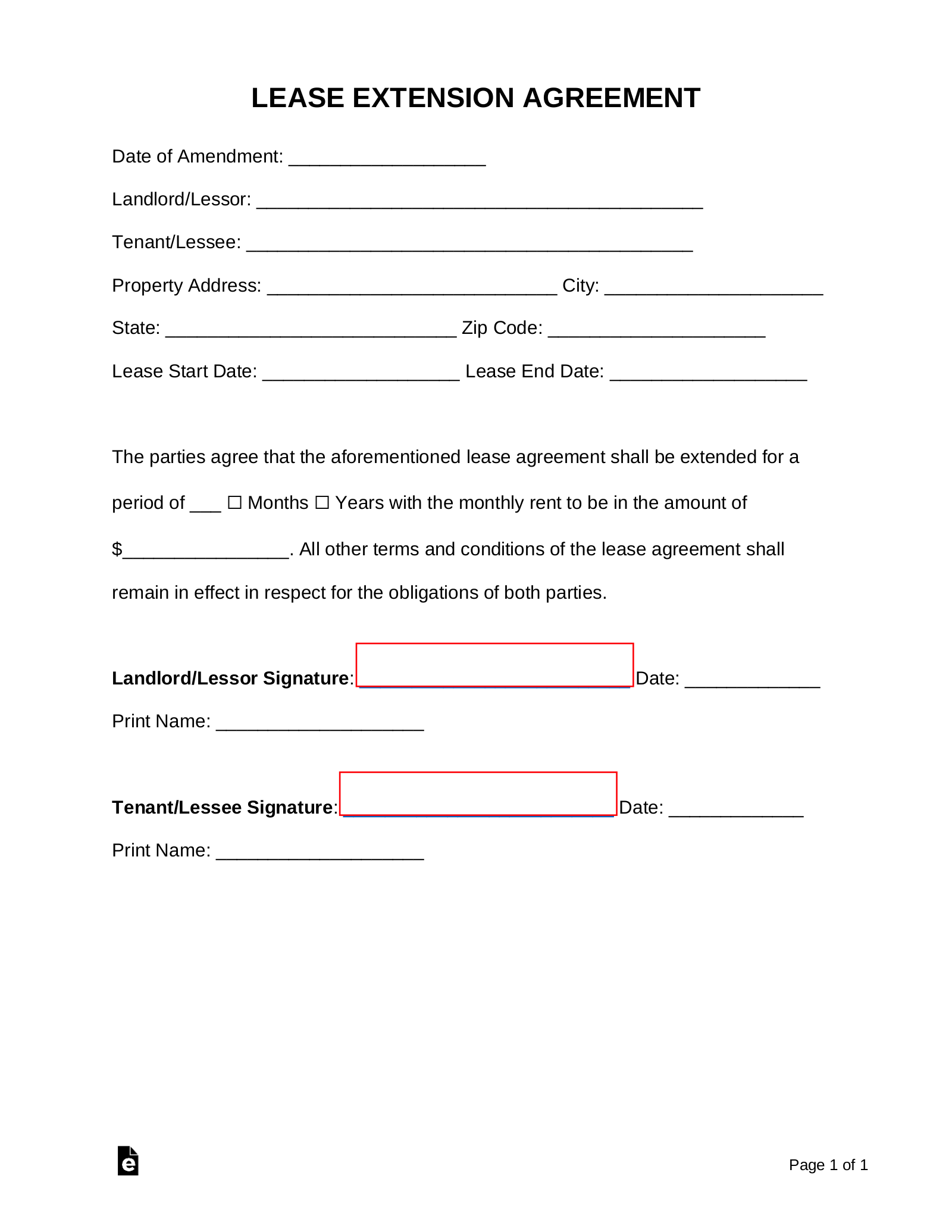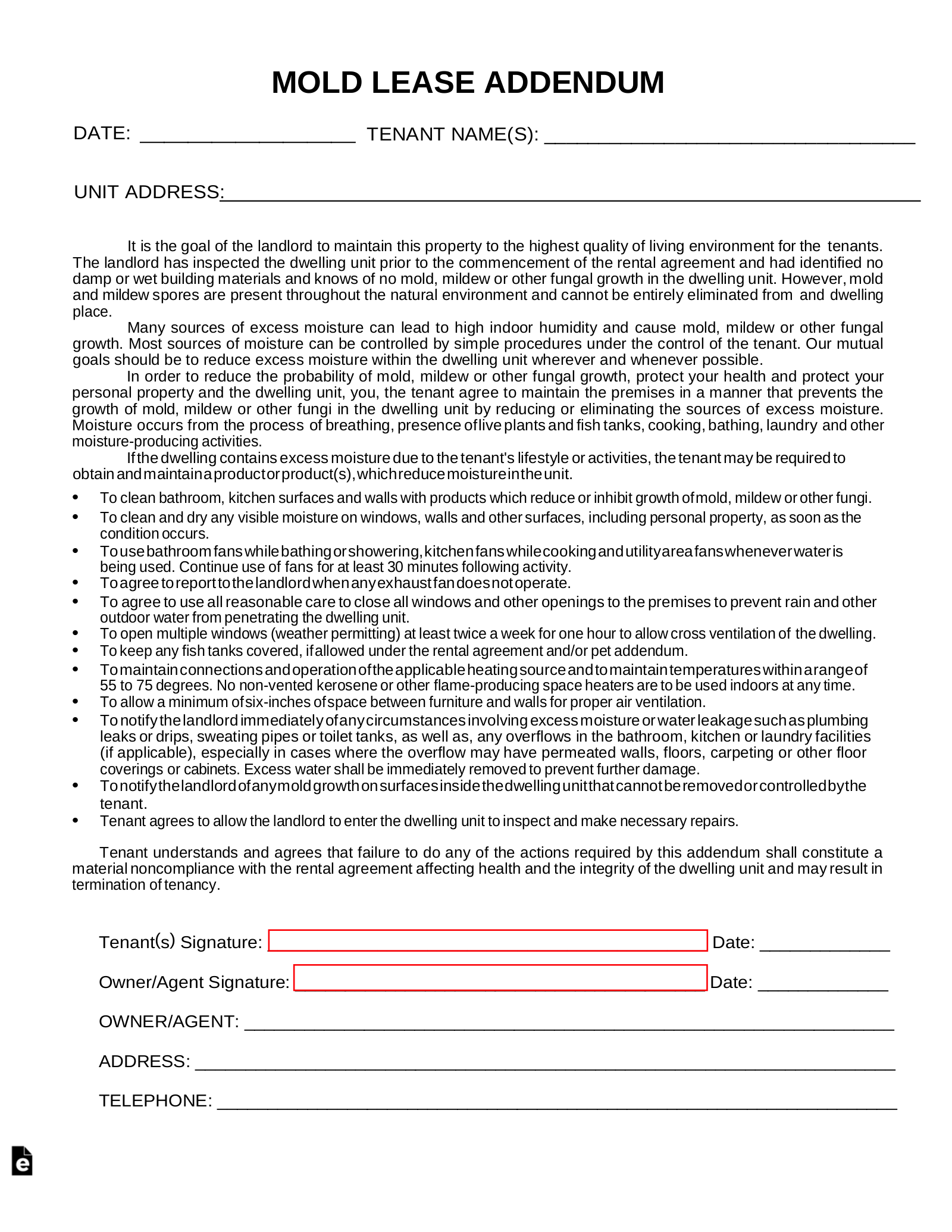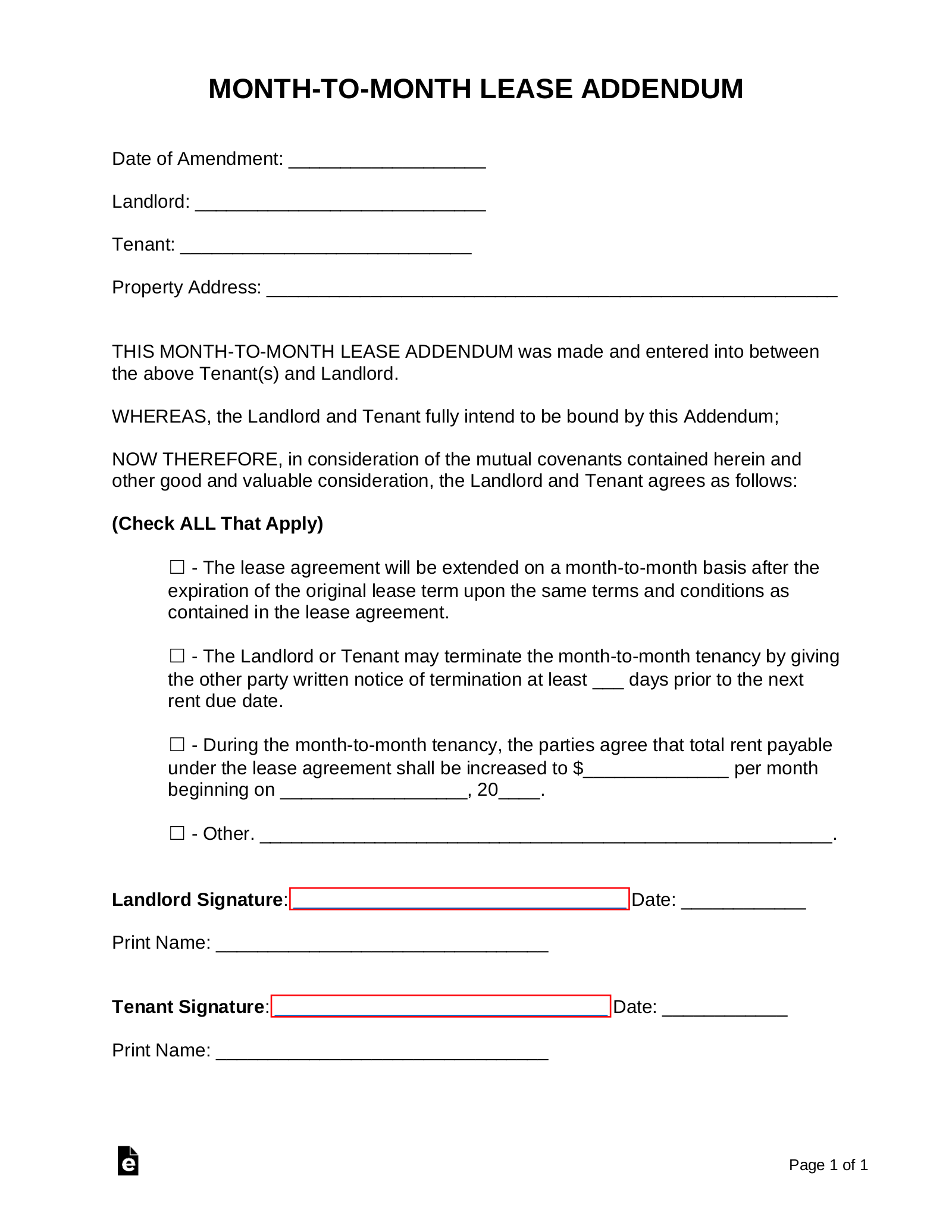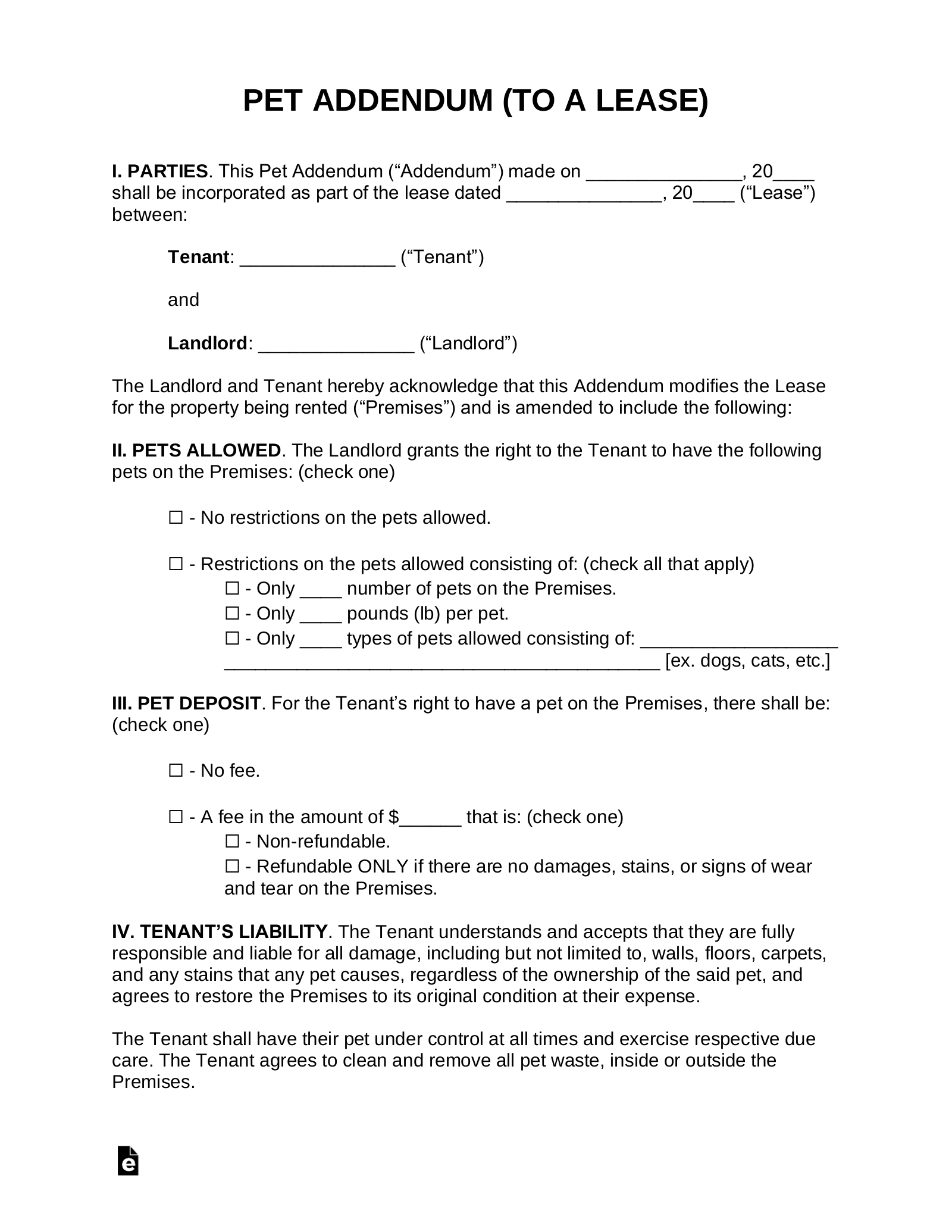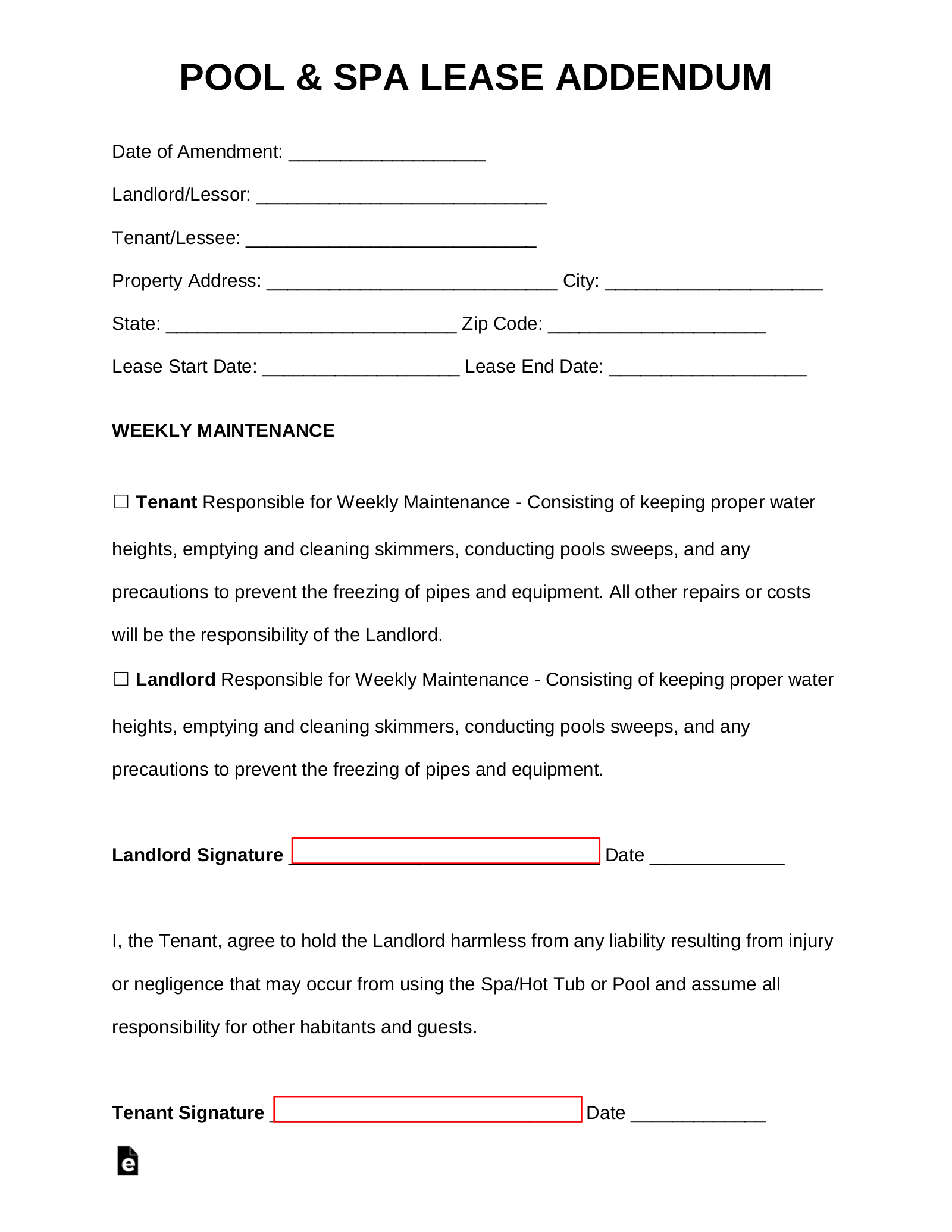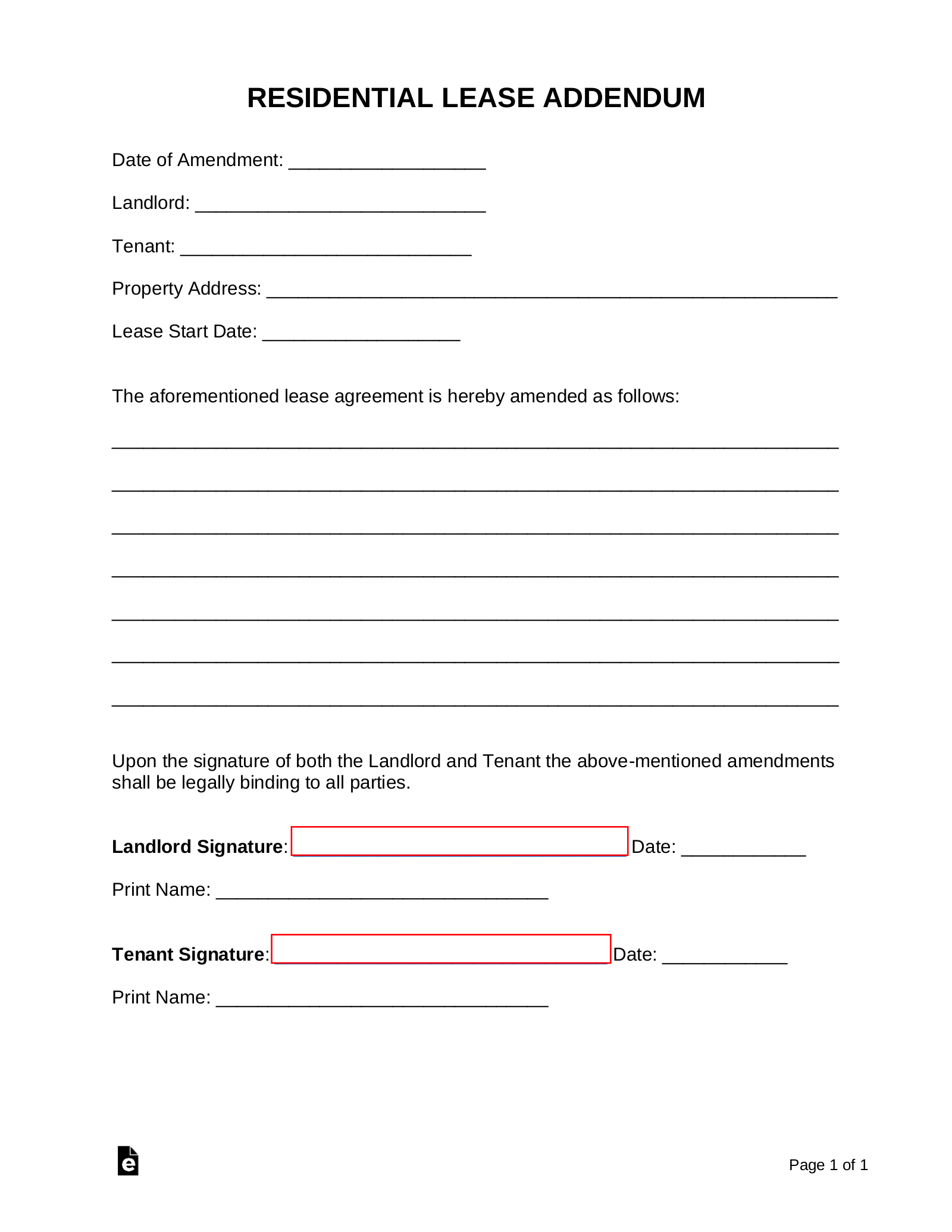Updated August 30, 2023
A lease addendum is a separate legal document that allows a landlord to add additional information or make changes to a lease agreement. Instead of re-writing the contents of a lease, an addendum is a document that includes added language. After both parties sign, the addendum should be added to the original lease.
“Disclosure” – Also referred to as a “disclosure,” and is attached to a lease that generally includes important information about the property.
Table of Contents |
What is a Lease Addendum?
A lease addendum, or an “addendum to a lease,” is a document that expands upon and gives more information related to a section or clause in a lease agreement. For example, there may be a section in a lease about specific rules regarding “pets” and reference an attached “pet addendum” that lists the set of rules.
With some addendums, such as the lead-based paint addendum, the tenant cannot enter the property until it has been signed and, therefore should be required before giving access.
By Type (12)
How to Add an Addendum (3 steps)
Refusing to Sign
If a tenant refuses to sign a lease addendum then the lease agreement will be held to its original terms. For example, if a tenant does not sign a pet addendum, the tenant will not be able to have pets on the property.
Breaking an Addendum
The rules of an addendum should be respected in the same manner as of a lease. If a tenant or landlord becomes in default to an addendum it can be a breakable offense. Meaning that a tenant can be evicted from their dwelling if they don’t abide by the addendum. Likewise, a tenant can part ways with their lease and not be subject to fees or rent payments if their landlord fails to uphold an addendum.

